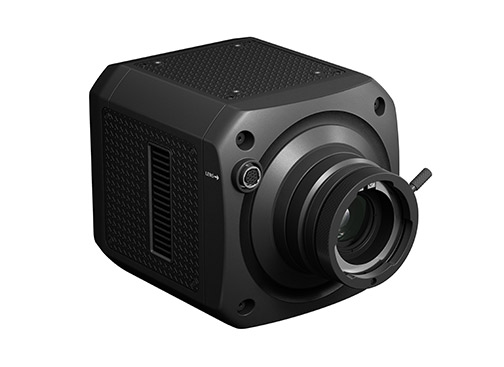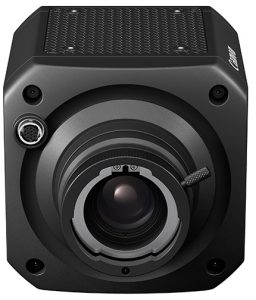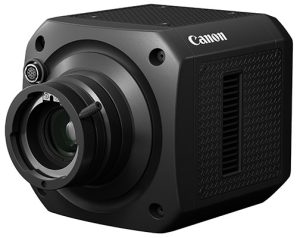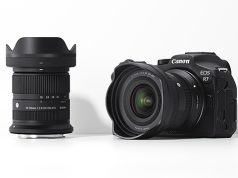
Melville, NY—Canon Inc. is developing the Canon MS-500 camera. It’s billed the world’s first ultrahigh-sensitivity interchangeable-lens camera (ILC) with a 1-inch Single Photon Avalanche Diode (SPAD) sensor boasting 3.2 megapixels.
With 2.1 million effective pixels, the camera leverages special characteristics of SPAD sensors to achieve superb low-light performance. It also utilizes broadcast lenses with telephoto-range focal lengths.
Moreover, Canon is developing the ILC to meet the growing need for high-precision monitoring systems in such environments as national borders, seaports, airports, train stations and power plants. These environments require threats to be quickly identified even under adverse conditions, including darkness in which human eyes cannot see and long distances.

Canon MS-500 Features
In development, the MS-500 camera employs a 1-inch SPAD sensor that helps reduce noise. As a result, it is possible to produce clear, full-color HD imaging even in extreme low-light environments.
Further, when paired with Canon’s super-telephoto broadcast lenses, the camera accurately captures subjects in extreme low-light environments from great distances. For example, the ILC is a solution for nighttime monitoring of seaports, thanks to its ability to spot vessels that are several miles away. Thus, it enables identification and monitoring of vessels in or around a seaport. 
Notably, with CMOS sensors, each pixel measures the amount of light that reaches the pixel within a given time. However, the readout of the accumulated electronic charge contains electronic noise. This may diminish image quality due to the process by which accumulated light is measured, particularly in low light.
However, SPAD sensors use a technology known as “photon counting.” As a result, light particles (photons) that enter each individual pixel are counted.
When even a single photon enters a pixel, it is amplified one million times and output as an electrical signal. Every one of the photons is digitally counted, thus making possible zero-noise during signal readout. Because of this technology, the MS-500 can accurately detect subjects and capture clear color images even at night with no ambient starlight.

In addition, the MS-500 camera has a bayonet lens mount (based on BTA S-1005B standards). The mount is widely used in the broadcast lens industry. As a result, the camera works with Canon’s range of broadcast lenses.
Canon plans to start selling the MS-500 ILC in 2023.





